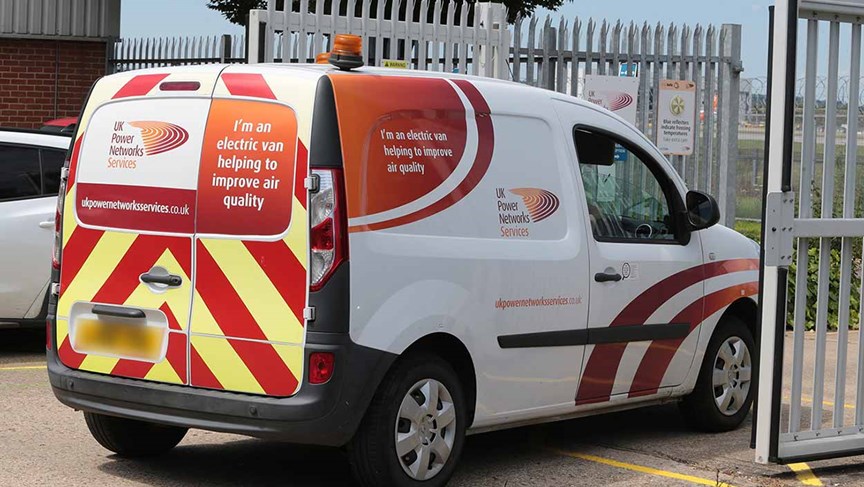Insight
Internet of Things: from abstract to application

Steve Muscat, Head of Engineering at UK Power Networks Services, explains the Internet of Things (IoT) and how it can save costs for businesses.
It’s become ubiquitous over the last 20 years. More and more devices, from cars, to smart watches, phones, computers, or heating systems, have been connected as part of an ever-expanding ‘Internet of Things’. In fact, so much is now connected that it can be hard to decipher where IoT begins and ends, whether it is a single entity or millions, how it’s deployed, or even what the benefits are.
To break it down into something tangible: creating an IoT simply means upgrading your technology to turn them into a series of ‘smart’ devices. This means they can gather, share, and transfer data: to one another, to a centralised management platform, and to the cloud.
This has obvious benefits if you want to track your fleet of vans, learn how often company phones are being used, or see how your ventilation system is performing, but it can also be applied to your electrical infrastructure. Doing so can unlock real cost saving benefits.
Adding smart capability to your transformers, substations, renewable assets, energy meters, or switchgear presents an opportunity to collect vast amounts of data about your energy use. Combing that capability with cloud computing and advanced analytics allows you to harness this information to understand how power flows through your organisation, how assets are performing, and what their expected lifetime is.
Simple applications of IoT can focus on understanding ‘what is happening?’ in your organisation, by monitoring, for example, your real-time energy consumption and carbon emissions, or identifying energy-intense assets. More sophisticated applications may focus on ‘what is likely to happen?’ and ‘what do I need to do?’. In such applications, predictive analytics and pattern-recognition techniques are applied to identify a problem before it occurs. For example, in a predictive maintenance programme, dynamic asset models may be able to use data to understand the health and condition of assets or predict a potential asset failure that could cause an unexpected outage and disrupt operations.

It’s a related but distinct concept from SCADA (Supervisory Control and Data Acquisition), which is a system of software and hardware that facilitates remote control of electricity networks. While SCADA offers real-time data so you can control day-to-day electrical switches and substations, the availability of the internet means a much wider variety of devices can be connected through IoT (stretching to vans, thermostats, or phones, for example). Data from an IoT system can also be easily sent to the cloud - rather than your on-site server room - where advanced analytics can offer actionable insights.
Take a real-life example: an electricity transformer at your site might be due for a replacement roughly every five years on average. However, if the transformer is connected to an IoT solution it can send data about how it’s operating to the cloud. A forecasting algorithm could use that data to tell you that the transformer is running perfectly well and doesn’t need to be replaced for two more years. You have just saved on the cost of early and inefficient replacement.
The applications of IoT and advanced analytics are unlimited, as data from devices can be used to run real-time scenarios to make better decisions. With better information, you can model the cost of expansion, the efficiency of your assets, enhance your network resilience, improve the way you manage your assets or how those assets will support your sustainability targets. We’re currently doing this with one of our rail clients to monitor the performance of assets and improve efficiency.
While the IoT is a vast concept, connecting technology on your site to gather data and implement advanced analytics can have real-world benefits. Greater visibility means greater insight, helping you deliver initiatives to achieve economic success, while also reducing emissions and increasing operational reliability.




